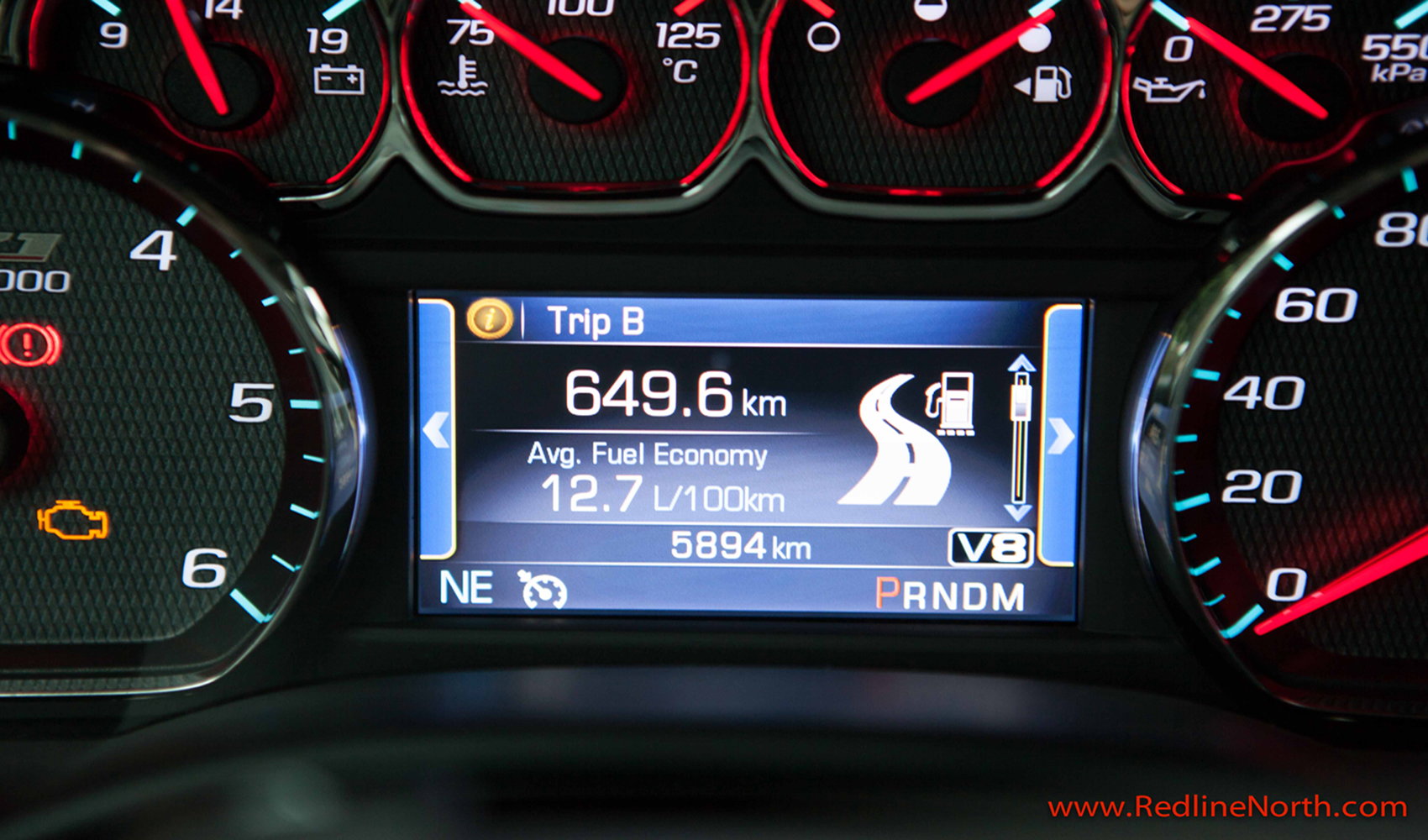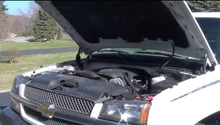Chevrolet Silverado 2014-Present: Common Problems
Even though the Chevrolet Silverado 1500 has some common problems, considering the amount of trucks they sell each year, it amounts to a very small portion of issues.
This article applies to the Chevrolet Silverado 1500 (2014-present).
It seems that problems the Chevrolet Silverado 1500 has are epidemic. But considering how popular this truck is and how many are sold, this amounts to a very small percentage of "bad" trucks. Still, this small amount results in a sizable number of irate customers, and when the problems spread to a (governmental) recall, it creates a very bad image for Chevrolet. In some of the Chevrolet blogs, it seems that a GM Customer Service Rep is there to help soothe the customer's concerns.
There are many components that go in to a truck, and even so, only a few will be looked at here. The components that cause Cylinder Deactivation, like blamed engine fires, tie-rod issues and transmission problems, will be covered in this article.
Cylinder Deactivation System
The Cylinder Deactivation system, known as the Active Fuel Management system by GM, shuts off some of the cylinders when extra power is not needed which improves fuel economy. This system was originally used in early 1980s Cadillacs. A problem with the software caused the engine to idle with most of their cylinders, thus overheating the exhaust system. The exhaust system components can then get too hot and cause the engine to catch fire. The recall affected 370,000 Silverado/Sierra trucks. Adjusting the computer software cured the problem.

Tie Rod Issue
This is a relatively small recall that affected 477 Silverados/Sierras/Tahoes. GM said, “tie rod threaded attachment to the steering gear rack in these vehicles may not be tightened to specification.” GM claimed the tie rod can separate from the steering rack and cause a crash. This is a dangerous condition and the owner of the truck should instead have the vehicle towed to the dealer, where the inner tie rods are tightened correctly and the steering gear replaced, if necessary.

Transmission Issues
The automatic transmission that is used on the Silverado and other vehicles is the most complicated system the vehicle has, and it can cause serious problems. Some of the transmission problems include slippage, poor downshift/upshift performance, clunking, lunging, or thumping, and let's not forget related computer problems. This makes new truck owners really upset. Typically, the dealer provides a loaner car while the transmission is being rebuilt or replaced.

Scheduled Maintenance
The Silverado 1500 is a complicated vehicle with thousands of parts. However, the owner can actually make a major difference in how the truck operates over the years it is asked to. Scheduled maintenance is the vital key. Following the Owner's Manual can make a huge difference in how long the truck lasts. Listed below is the maintenance schedule from the Chevrolet Owner's Manual. In addition, it would be wise to switch to a full synthetic oil which will allow the engine to put out 2-4% additional horsepower, tolerate much higher temperatures and last longer than conventional oils.
Mileage |
Maintenance |
Inspections Needed |
|---|---|---|
| 7,500 |
|
|
| 15,000 |
|
|
| 22,500 |
|
|
| 30,000 |
|
|
| 37,500 |
|
|
| 45,000 |
|
|
| 52,500 |
|
|
| 60,000 |
|
|
| 67,500 |
|
|
| 75,000 |
|
|
| 82,500 |
|
|
| 90,000 |
|
|
| 97,500 |
|
|
| 105,000 |
|
|
| 112,500 |
|
|
| 120,000 |
|
|
| 127,500 |
|
|
| 135,000 |
|
|
| 142,500 |
|
|
| 150,000 |
|
|
Common Questions
The driver side power window stopped working. What should I do?
There's an order when it comes to repairing any mechanical part: the easiest parts first and the more difficult parts later. In this case, the first thing to do is check the fuses and go from there. Next, check the power window switch; it's right there on the door and is fairly inexpensive to fix. You can check to see if it works or not by taking the passenger window switch and installing it in your driver's window. If these don't work, remove the door trim, remove the power window motor and most likely, your power window motor is the culprit.

The EGR (Exhaust Gas Recirculation) valve is not working. What should I do?
The EGR valve controls a valve which lets a small amount of exhaust gas back into the intake system for further burning. For this reason, EGR valves start working only at a pre-set at higher rpm- otherwise your engine would run rough at idle. You can try to repair the EGR valve by removing any carbon buildup that is clogging the passages. If that works, you're in business. If not, it's time to contact eBay for a new valve.

Common Technical Issues
I found a puddle of anti-freeze in the morning under the front of my car. Is there a "quick-fix?"
It all depends on how bad your radiator is. If it looks like a radiator hose has a slit letting anti-freeze leak, then that should be an easy fix with a new hose. Typically, though, something is wrong with your radiator. Following the doctrine "the easiest parts first and the more difficult parts later," visit your auto-parts store, and try any of the stop-leak products to see if they work. Otherwise, you may have to visit your friendly radiator retail outlet.
Why does my vehicle smell of burning oil?
The problem here are leaking gaskets that are near exhaust system components. The first thing to do is to spray the underside of the vehicle with a degreaser, and then tighten the gaskets. If that doesn't work, you may need to replace the gaskets.
Related Discussion
- Common Issues - ChevroletForum.com






